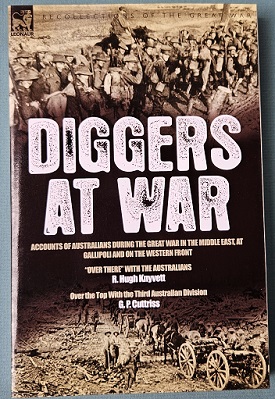Description
Title: The Empire’s Other Anzacs – The Ceylon Planters Rifle Corps
Author: Smith, Neil AM (Lieutenant-Colonel)
Condition: Mint
Edition: 1st Edition
Publication Date: 2014
ISBN: 1876179899
Cover: Soft Cover without Dust Jacket – 20 pages
Comments: The short history of the Ceylon Planters Rifle Corps during World War 1.
The Ceylon Planters Rifle Corps was a regiment of the Ceylon Defence Force, which existed between 1900 and 1949. It was a volunteer (reserve) regiment based in Kandy, made up of only Europeans, who were tea and rubber planters of the hills of Sri Lanka. Throughout its existence, the regiment deployed personnel to fight in the Second Boer War, and the First and Second World Wars.
During the First World War, the regiment sent a force of eight officers and 229 other ranks under the command of Major J. Hall Brown. The unit sailed for Egypt on October 1914, and was initially deployed in defence of the Suez Canal. The unit was later transferred to the Australian and New Zealand Army Corps (ANZAC) and in mid-1915 was committed to the Gallipoli Campaign, landing at to Anzac Cove (‘Z’ Beach) on the Gallipoli Peninsula. The CPRC also performed operational duties as providing guards to ANZAC headquarter staff, including the General Officer Commanding ANZAC, Lieutenant General William Birdwood, who remarked, “I have an excellent guard of Ceylon Planters who are such a nice lot of fellows.” According to its onetime commanding officer, Colonel T.Y. Wright (1904–1912), the CPRC sustained overall losses of 80 killed and 99 wounded in the First World War.





